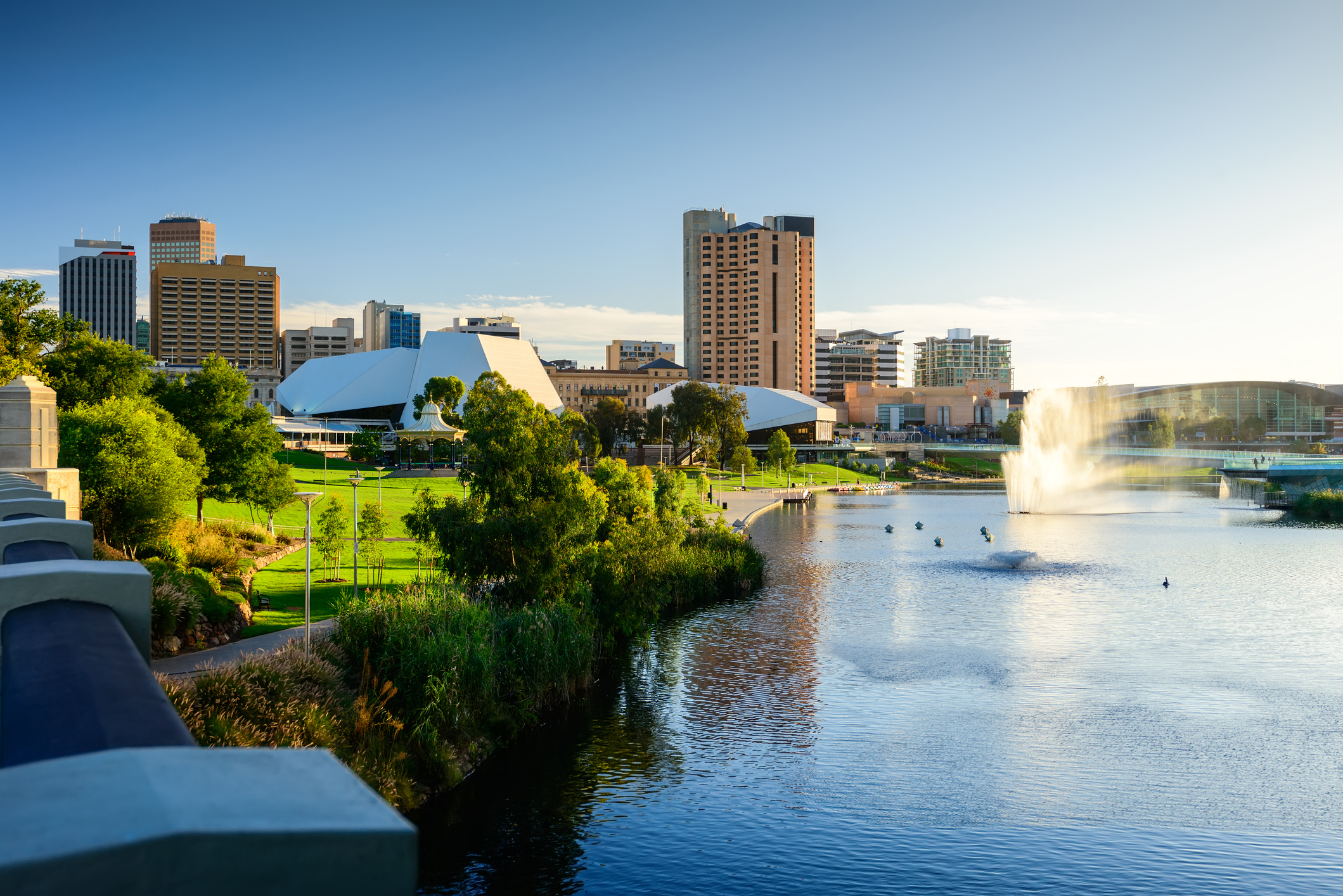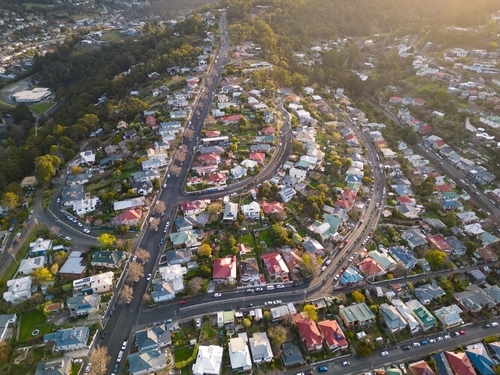Beijing’s Squeeze On Fragile Real-Estate Developers
Broad bank lending to the real-estate sector, and developers is being squeezed.
“Housing is for living, not for speculation,” has been a Chinese government mantra for almost half a decade. This year, it appears that slogan finally has teeth. But new restrictions on bank lending leave developers tapping a unique source of funding, which could have damaging consequences of its own.
Late last year, Chinese regulators announced that property lending should make up no more than 40% of banks’ total lending, effectively putting an end to years of steadily increasing exposure to real estate.
Looking across major Chinese banks’ results for 2020, they are very much at that limit in aggregate. At the big four—Bank of China, China Construction Bank, Agricultural Bank of China and Industrial and Commercial Bank of China—real-estate lending ran to between 37.5% and 42.2% of total loans, according to Capital IQ.
That adds to the squeeze on bond issuance from Beijing’s “three red lines” policy, which restricts further borrowing if developers don’t satisfy three leverage benchmarks. Most don’t, and issuance has eased to the smallest amount in three years in early 2021—down by a third relative to the same period in 2019—according to S&P Global Ratings.
That means a further shift to the last meaningful source of funding left, deposits direct from home buyers, is inevitable.
Deposits often constitute a large proportion of the property’s value and are now largely paid upfront, long before a property is actually built. Without a national escrow system in place, this allows developers to use today’s deposits to fund yesterday’s commitments.
China Vanke, one of China’s largest developers, reported 53.52 million square meters (about 576 million square feet) of projects it has sold but which remain unfinished. That is equivalent to more than 18 months of completions at last year’s building rate. Vanke’s unearned revenue figure—payments accepted for work not finished—sits at $104.15 billion, more than three times its level at the end of 2015, and jumped by around $7.8 billion in the first three months of 2021 alone.
That accelerated shift is also clear from official industrywide data. Deposits are now the largest single source of real-estate developer funding, and in the 12 months to March, deposits and advance payments rose 23.9%, far outstripping the 14.1% growth in other funding sources.
That makes domestic news reports about a growing number of frustrated buyers worried about repeated delays to construction, like one carried by Xinhua News Agency earlier this month, particularly interesting and concerning.
Chinese home buyers aren’t sophisticated creditors like bondholders or banks, but they carry unparalleled political weight. Leaving them to foot the bill for the excesses of fragile real-estate developers is a risky decision.
Reprinted by permission of The Wall Street Journal, Copyright 2021 Dow Jones & Company. Inc. All Rights Reserved Worldwide. Original date of publication: April 29, 2021.
 Copyright 2020, Dow Jones & Company, Inc. All Rights Reserved Worldwide. LEARN MORE
Copyright 2020, Dow Jones & Company, Inc. All Rights Reserved Worldwide. LEARN MORE
This stylish family home combines a classic palette and finishes with a flexible floorplan
Just 55 minutes from Sydney, make this your creative getaway located in the majestic Hawkesbury region.
A Sydney site with a questionable past is reborn as a luxe residential environment ideal for indulging in dining out
Long-term Sydney residents always had handful of not-so-glamourous nicknames for the building on the corner of Cleveland and Baptist Streets straddling Redfern and Surry Hills, but after a modern rebirth that’s all changed.
Once known as “Murder Mall” or “Methadone Mall”, the 1960s-built Surry Hills Shopping Centre was a magnet for colourful characters and questionable behaviour. Today, however, a $500 million facelift of the site — alongside a slow and steady gentrification of the two neighbouring suburbs — the prime corner property has been transformed into a luxury apartment complex Surry Hills Village by developer Toga Group.
The crowning feature of the 122-apartment project is the three-bedroom penthouse, fully completed and just released to market with a $7.5 million price guide.
Measuring 211sqm of internal space, with a 136sqm terrace complete with landscaping, the penthouse is the brand new brainchild of Surry Hills local Adam Haddow, director of architecture at award-winning firm SJB.
Victoria Judge, senior associate and co-interior design lead at SJB says Surry Hills Village sets a new residential benchmark for the southern end of Surry Hills.
“The residential offering is well-appointed, confident, luxe and bohemian. Smart enough to know what makes good living, and cool enough to hold its own amongst design-centric Surry Hills.”
Allan Vidor, managing director of Toga Group, adds that the penthouse is the quintessential jewel in the crown of Surry Hills Village.
“Bringing together a distinct design that draws on the beauty and vibrancy of Sydney; grand spaces and the finest finishes across a significant footprint, located only a stone’s throw away from the exciting cultural hub of Crown St and Surry Hills.”
Created to maximise views of the city skyline and parkland, the top floor apartment has a practical layout including a wide private lobby leading to the main living room, a sleek kitchen featuring Pietra Verde marble and a concealed butler’s pantry Sub-Zero Wolf appliances, full-height Aspen elm joinery panels hiding storage throughout, flamed Saville stone flooring, a powder room, and two car spaces with a personal EV.
All three bedrooms have large wardrobes and ensuites with bathrooms fittings such as freestanding baths, artisan penny tiles, emerald marble surfaces and brushed-nickel accents.
Additional features of the entertainer’s home include leather-bound joinery doors opening to a full wet bar with Sub-Zero wine fridge and Sub-Zero Wolf barbecue.
The Surry Hills Village precinct will open in stages until autumn next year and once complete, Wunderlich Lane will be home to a collection of 25 restaurants and bars plus wellness and boutique retail. The EVE Hotel Sydney will open later in 2024, offering guests an immersive experience in the precinct’s art, culture, and culinary offerings.
The Surry Hills Village penthouse on Baptist is now finished and ready to move into with marketing through Toga Group and inquiries to 1800 554 556.
This stylish family home combines a classic palette and finishes with a flexible floorplan
Just 55 minutes from Sydney, make this your creative getaway located in the majestic Hawkesbury region.



























